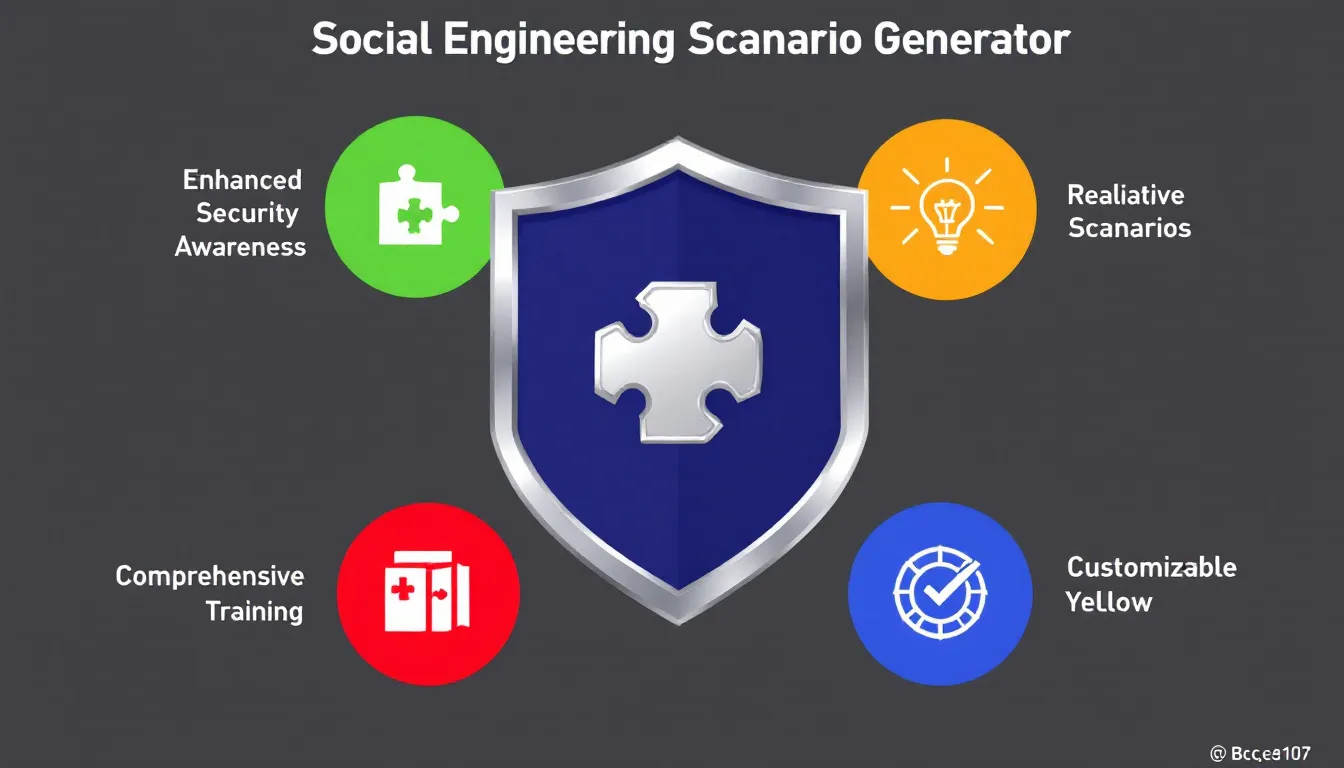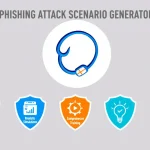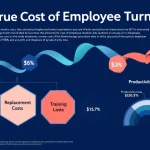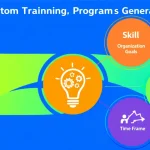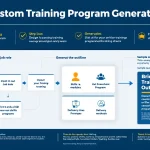Social Engineering Scenario Generator
Is this tool helpful?
How to Use the Social Engineering Scenario Generator Effectively
To make the most of this powerful Social Engineering Scenario Generator, follow these simple steps:
- Provide Organization Details: In the first text area, enter relevant information about your organization. This should include the industry, size, structure, and key operations. For example:
- “Large healthcare provider with 5,000 employees across multiple hospitals and clinics, specializing in patient care and medical research.”
- “Small e-commerce startup with 50 employees, focusing on sustainable fashion and direct-to-consumer sales.”
- List Potential Threats: In the second text area, describe the specific social engineering threats your organization is likely to face. For instance:
- “Spear phishing targeting executives, vishing attacks on customer service representatives, and USB baiting in public areas of our facilities.”
- “Business email compromise attempts, social media impersonation of company leaders, and physical tailgating at our main office.”
- Generate Scenario: Click the “Generate Social Engineering Scenario” button to create a customized, realistic scenario based on your input.
- Review and Analyze: Once generated, carefully read through the scenario to understand the attack vector, methods used, and potential impact on your organization.
- Copy and Share: Use the “Copy to Clipboard” button to easily share the scenario with your team for training purposes.
Introduction to the Social Engineering Scenario Generator
In today’s digital landscape, social engineering attacks pose a significant threat to organizations of all sizes and industries. The Social Engineering Scenario Generator is a cutting-edge tool designed to help businesses strengthen their cybersecurity defenses by creating realistic, tailored training scenarios. By simulating potential attacks, this tool enables organizations to educate their employees on recognizing and responding to social engineering threats effectively.
What is Social Engineering?
Social engineering refers to the psychological manipulation of individuals to divulge confidential information or perform actions that may compromise security. These attacks exploit human nature, targeting emotions like trust, fear, and urgency to bypass technical security measures.
The Importance of Tailored Training Scenarios
Generic cybersecurity training often falls short in preparing employees for the specific threats their organization faces. The Social Engineering Scenario Generator addresses this gap by creating customized scenarios that reflect an organization’s unique vulnerabilities and potential attack vectors.
Benefits of Using the Social Engineering Scenario Generator
1. Customized Learning Experience
By tailoring scenarios to your organization’s specific context, employees can relate more easily to the training material, increasing engagement and retention of critical security concepts.
2. Improved Threat Awareness
Exposing employees to realistic scenarios helps them understand the various forms social engineering attacks can take, enhancing their ability to identify and report suspicious activities in real-world situations.
3. Enhanced Response Capabilities
Through repeated exposure to simulated attacks, employees develop and refine their response strategies, reducing reaction times and improving decision-making during actual security incidents.
4. Cost-Effective Training
Compared to hiring external consultants or purchasing pre-made scenarios, this generator allows organizations to create unlimited, relevant training materials at a fraction of the cost.
5. Continuous Adaptation
As threat landscapes evolve, the generator can be used to create new scenarios that reflect emerging attack techniques, ensuring your training program remains up-to-date and effective.
Addressing User Needs and Solving Specific Problems
Targeting Organization-Specific Vulnerabilities
The Social Engineering Scenario Generator addresses the critical need for contextual cybersecurity training by considering an organization’s unique characteristics. For example, a healthcare provider might face different threats compared to a financial institution:
- Healthcare Scenario: The generator might create a scenario where an attacker poses as a pharmaceutical representative to gain access to patient data, highlighting the importance of verifying credentials and following data protection protocols.
- Financial Institution Scenario: A generated scenario could involve a sophisticated phishing campaign targeting investment advisors, emphasizing the need for vigilance in email communication and verification of financial transactions.
Addressing the Human Element in Cybersecurity
Technical security measures are crucial, but the human element remains a significant vulnerability. The scenario generator helps organizations:
- Identify potential weak points in employee behavior
- Develop targeted training programs to address these vulnerabilities
- Foster a culture of security awareness throughout the organization
Preparing for Emerging Threats
As social engineering tactics evolve, organizations need to stay ahead of potential attacks. The generator can be used to create scenarios based on the latest threat intelligence, helping employees prepare for new and sophisticated attack vectors.
Practical Applications and Use Cases
1. New Employee Onboarding
Use the generator to create introductory scenarios for new hires, helping them understand the organization’s specific security risks from day one. For example:
Scenario: A new marketing associate receives an urgent email from someone claiming to be the CMO, requesting immediate access to the company’s social media accounts due to a PR crisis. The email asks for login credentials to be sent via text message to an unfamiliar number.
This scenario tests the new employee’s awareness of proper communication channels, verification procedures, and the importance of protecting access credentials.
2. Departmental Training
Generate scenarios tailored to different departments’ roles and responsibilities. For instance:
Scenario for IT Support: An individual claiming to be a high-level executive calls the IT helpdesk, demanding immediate password reset for a critical account due to a supposed security breach. The caller is pushy and claims they cannot follow standard verification procedures due to the urgency of the situation.
This scenario challenges IT support staff to balance customer service with security protocols, emphasizing the importance of following established procedures regardless of perceived authority or urgency.
3. Executive Team Preparedness
Create advanced scenarios targeting C-suite executives and board members, who are often prime targets for sophisticated attacks:
Scenario: The CFO receives a series of well-crafted emails and documents that appear to be from a trusted business partner, proposing a time-sensitive investment opportunity. The communications subtly manipulate financial data and use urgent language to push for a quick decision.
This complex scenario tests executives’ ability to spot inconsistencies, verify information through proper channels, and resist pressure tactics in high-stakes situations.
4. Security Awareness Campaigns
Use generated scenarios as part of broader security awareness initiatives:
- Create monthly challenge scenarios for employees to solve
- Incorporate scenarios into gamified learning platforms
- Use scenarios as discussion points in team meetings to reinforce security concepts
5. Incident Response Drills
Generate complex, multi-stage scenarios to test and improve your organization’s incident response capabilities:
Scenario: A series of social engineering attacks target various departments over a week, culminating in a simulated data breach. This tests the organization’s ability to detect, communicate, and respond to a coordinated attack across multiple vectors.
FAQ: Social Engineering Scenario Generator
Q1: How often should we generate new scenarios for training?
A1: It’s recommended to generate new scenarios at least quarterly, or more frequently if your industry faces rapidly evolving threats. Regular updates help keep employees engaged and prepared for the latest attack methods.
Q2: Can the generator create scenarios for specific industries?
A2: Yes, the generator considers the organization details you provide, including industry information, to create relevant and realistic scenarios tailored to your sector’s specific threats and vulnerabilities.
Q3: How can we measure the effectiveness of training using these scenarios?
A3: You can measure effectiveness by tracking metrics such as:
- Reduction in successful simulated attacks over time
- Increase in reported suspicious activities
- Improved scores on security awareness assessments
- Decrease in actual security incidents related to social engineering
Q4: Are the generated scenarios based on real-world attacks?
A4: While the scenarios are generated based on common tactics and methodologies used in real-world attacks, they are simulated and customized to your organization’s context. This ensures relevance without exposing sensitive information about actual security incidents.
Q5: Can we modify the generated scenarios?
A5: Absolutely! The generated scenarios serve as a strong foundation, but you’re encouraged to modify and expand upon them to best fit your organization’s specific training needs and objectives.
Q6: How can we ensure our training doesn’t create anxiety among employees?
A6: It’s important to frame the training positively, emphasizing empowerment rather than fear. Communicate clearly that the scenarios are learning tools designed to improve collective security, not to trick or punish individuals. Offer support and additional resources for those who may feel overwhelmed.
Q7: Should we inform employees that they might be subject to simulated attacks?
A7: Yes, transparency is key. Inform employees about the training program and its objectives. This doesn’t diminish the effectiveness of the scenarios; rather, it helps create a culture of security awareness where employees are constantly vigilant.
Q8: How do we avoid desensitizing employees to real threats?
A8: Vary the complexity and frequency of your scenarios. Mix in less obvious, more sophisticated scenarios with straightforward ones. Also, always provide clear feedback and learning points after each exercise to reinforce the real-world implications.
Q9: Can this tool help with compliance training requirements?
A9: While the primary focus is on improving security awareness, many of the scenarios can be tailored to address specific compliance requirements, particularly those related to data protection and privacy. Always consult with your compliance team to ensure alignment with regulatory needs.
Q10: How should we handle employees who consistently fail to identify simulated attacks?
A10: Approach this as a learning opportunity rather than a punitive situation. Offer additional, personalized training and support. Consider assigning a security mentor or providing more frequent, but simpler, scenarios to build confidence and skills gradually.
By leveraging the Social Engineering Scenario Generator and following best practices in implementation, organizations can significantly enhance their resilience against one of the most persistent and evolving cybersecurity threats. Remember, the goal is not just to test employees, but to create a knowledgeable, vigilant workforce that forms a strong human firewall against social engineering attacks.
Important Disclaimer
The calculations, results, and content provided by our tools are not guaranteed to be accurate, complete, or reliable. Users are responsible for verifying and interpreting the results. Our content and tools may contain errors, biases, or inconsistencies. We reserve the right to save inputs and outputs from our tools for the purposes of error debugging, bias identification, and performance improvement. External companies providing AI models used in our tools may also save and process data in accordance with their own policies. By using our tools, you consent to this data collection and processing. We reserve the right to limit the usage of our tools based on current usability factors. By using our tools, you acknowledge that you have read, understood, and agreed to this disclaimer. You accept the inherent risks and limitations associated with the use of our tools and services.
